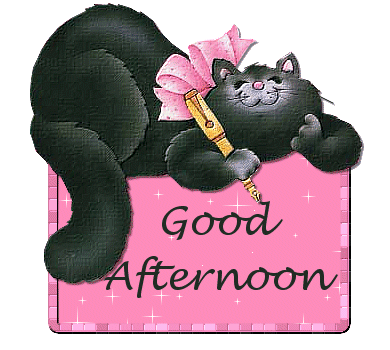Well, We Made It Again.... Just Us On Saturday But That's GREAT!!!
We do the Art Deco Ball and have for eight years now. Saturday afternoon we do the "tea dance" .

Thank You very much for a super weekend of dancing!
John Thomas - President; Chair of Preservation Committee
Annamarie von Firley - Vice President; Chair of Events Committee
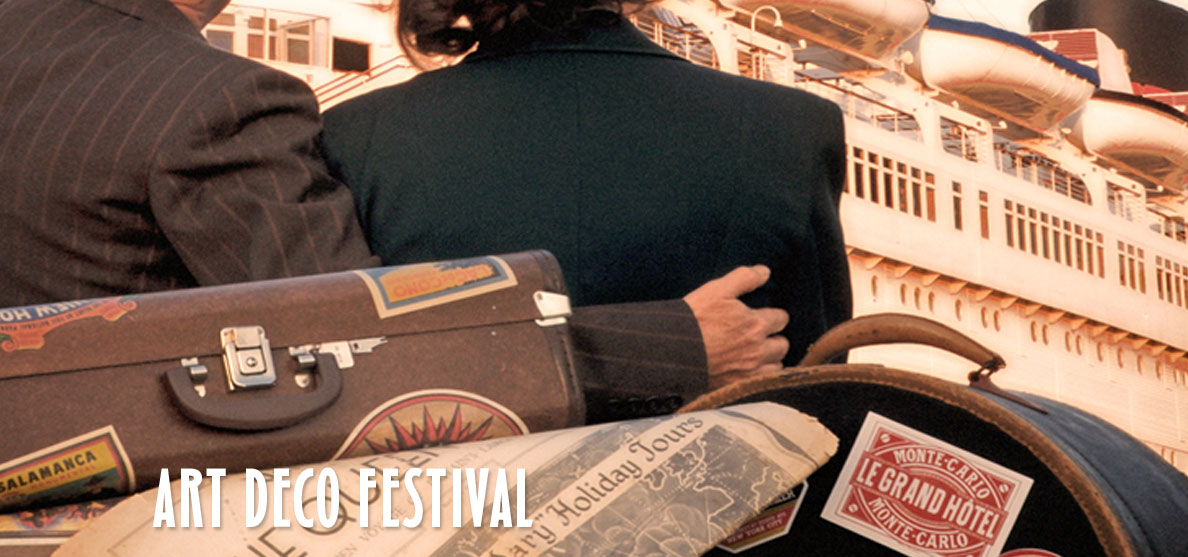
We are off for an adventure!
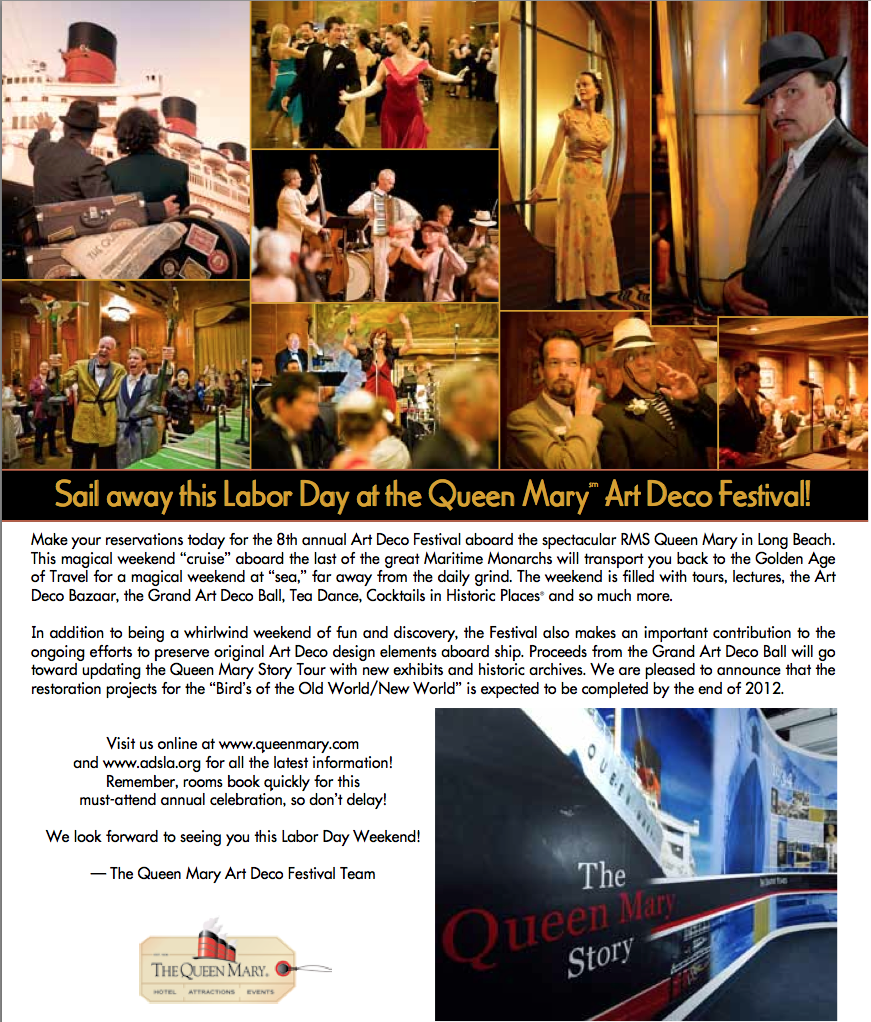
Click to see the entire brochure

The murals are beautiful!

Hope you are hungry!!
Did You Know?
![]()
"It's a home run when you combine the love of the era and the Queen Mary, with its design influences from the 1920s and '30s," said John Thomas, president of the Art Deco Society of Los Angeles and a co-producer of the festival. "I think what most people get out of it is a cultural awakening. You can celebrate the past, even with the negative events, and find the best in every era."
Art Deco as an artistic and design movement can be traced to 1920s Paris, specifically the Paris Exposition in 1925. Countries from all over the world converged during that expo and showcased futuristic design, artistic individuality and fine craftsmanship. (The term "Art Deco" wasn't coined until the 1960s, during a revival of the style.)
Features of Art Deco design include sleek lines, geometric forms, bright colors and accents or motifs that echo ancient civilizations, such as Babylon, Greece, Egypt and Aztec Mexico. Many associate the Streamline Modern style to be a late phase of Art Deco.
Contact the writer of this excerpt: 714-796-6026 or rchang@ocregister.com
The Ball On Saturday Evening
The event of the weekend, the Grand Art Deco Ball is an evening of cinematic perfection. Enjoy a splendid four-course meal in the exquisite Grand Salon, followed by dancing until midnight to the music of Dean Mora and the Queen Mary Orchestra.
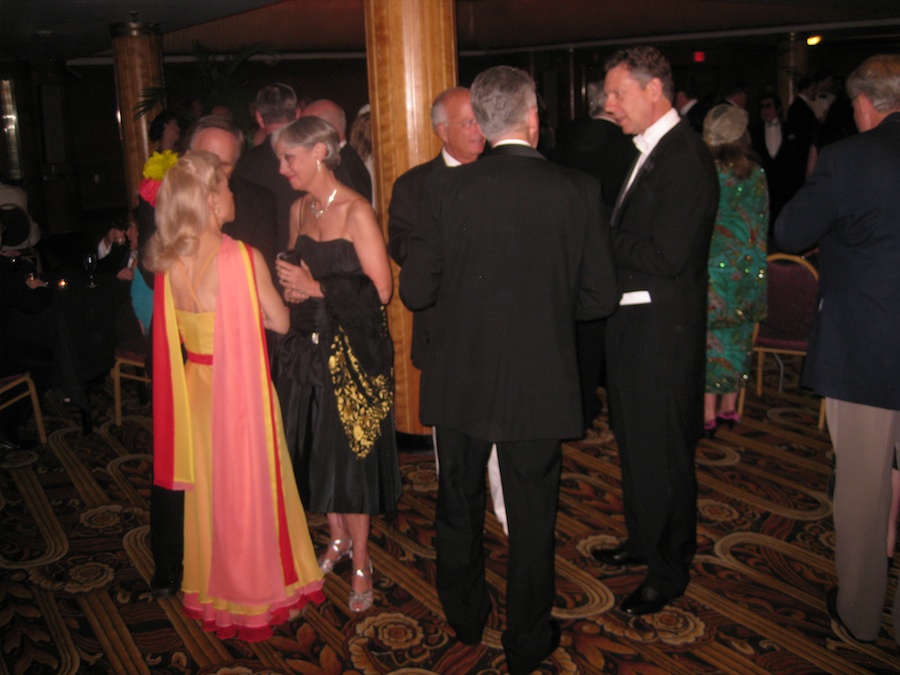
Before the dance started we met in the anti-room for cocktails
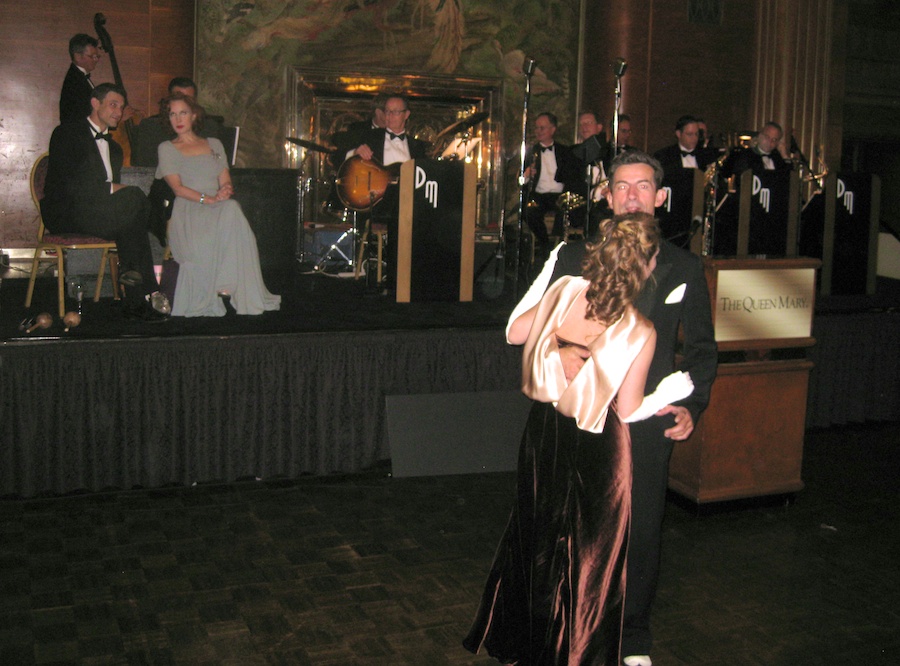
We began dancing the minute we heard the music.... Dean Mora's Orchestra

His announcing voice was in excellent shape
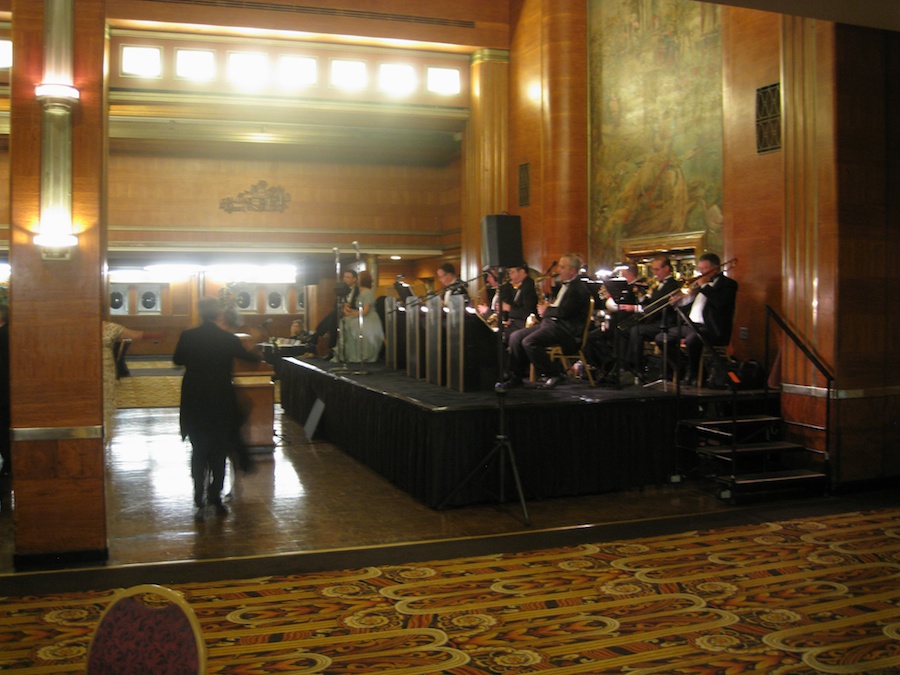
The bandstand has a place of honor
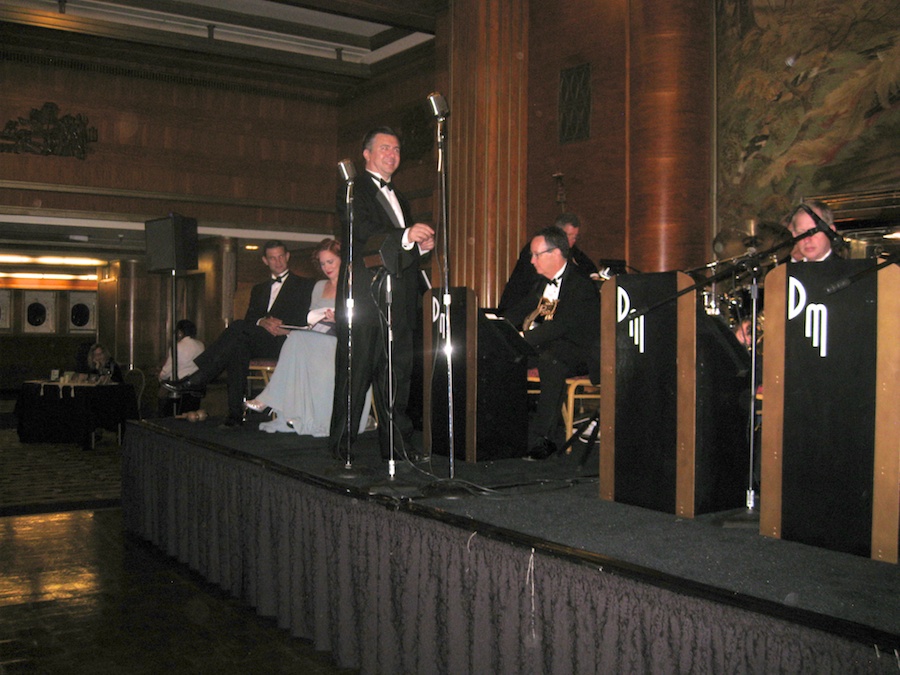
The music was right on...
Did You Know?
![]()
The popular music of the thirties can be used as a lens to better understand the collective memory of the American people during a decade marked by the Depression, emerging technologies and the growing population of cities as many Americans relocated from rural areas. The music in these pages is in many ways reflective of how Americans imagined themselves during this period. It is important to note that all of the songs posted here were originally released as phonograph records, and as such were the products of an industrial process that shaped this imagination of national identity.

The house was full but the dance floor was not...
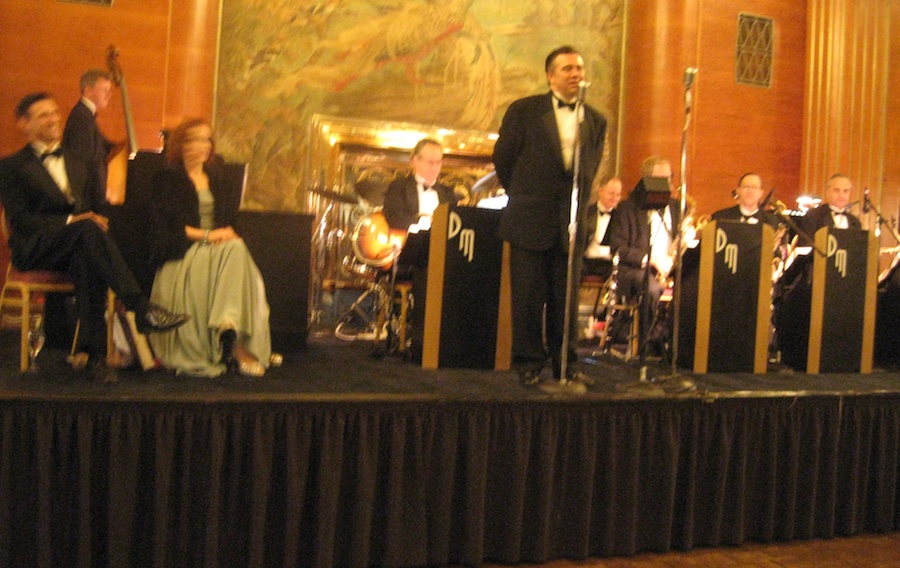
Dean explained a bit about the music...
Did You Know? -
![]() The 1930's is divided into two halves, 1930-1934 and 1935-1939, for the music of the period lends itself to such a division. Over the course of the thirties American taste in music changed dramatically. In the mainstream it moved from the bland and unchallenging "sweet" sound of Guy Lombardo and the Jazz Age dance bands to the more rhythmically involved and aggressive horn arrangements of the band leaders of the Swing Era such as Benny Goodman, Tommy Dorsey and many others.
The 1930's is divided into two halves, 1930-1934 and 1935-1939, for the music of the period lends itself to such a division. Over the course of the thirties American taste in music changed dramatically. In the mainstream it moved from the bland and unchallenging "sweet" sound of Guy Lombardo and the Jazz Age dance bands to the more rhythmically involved and aggressive horn arrangements of the band leaders of the Swing Era such as Benny Goodman, Tommy Dorsey and many others.
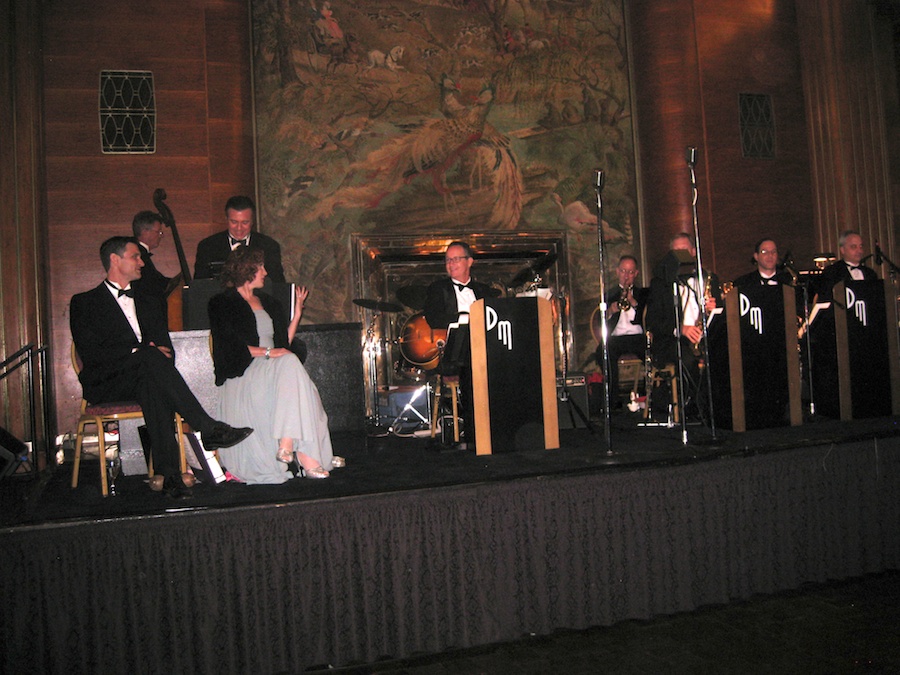
The vocalists were magnificent this evening

Many new people here this evening.... They admired the great map

We were here.... Thanks to our table mates
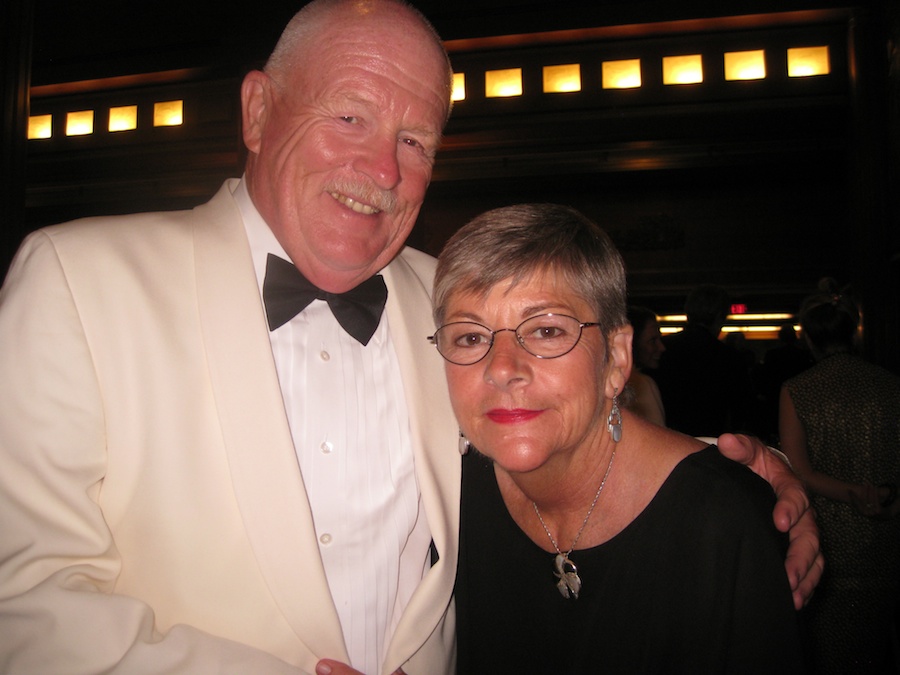
Miles of smiles... We had a GREAT time

How Many 1930's Songs Do You Remember
1. In The Mood - Glenn Miller
2. God Bless America - Kate Smith
3. Over The Rainbow - Judy Garland / Glenn Miller
4. Sing, Sing, Sing (With A Swing) - Benny Goodman
5. Silent Night, Holy Night - Bing Crosby
6. Minnie The Moocher - Cab Calloway
7. Strange Fruit - Billie Holiday
8. Crossroads Blues - Robert Johnson
9. Moonlight Serenade - Glenn Miller
10. If I Didn't Care - Ink Spots
11. Mood Indigo - Duke Ellington
12. One O'Clock Jump - Count Basie / Benny Goodman / Harry James
13. Wabash Cannon Ball - Roy Acuff
14. Can The Circle Be Unbroken (Bye And Bye) - Carter Family
15. Stormy Weather - Ethel Waters / Leo Reisman (Harold Arlen)
16. Body And Soul - Coleman Hawkins / Paul Whiteman / Libby Holman
17. I'm In The Mood For Love - Louis Armstrong / Little Jack Little
18. Begin The Beguine - Artie Shaw
19. I Can't Get Started - Bunny Berigan
20. A Tisket, A Tasket - Ella Fitzgerald with Chick Webb's Orchestra
21. All Or Nothing At All - Frank Sinatra with Harry James
22. Don't Be That Way - Benny Goodman
23. Pennies From Heaven - Bing Crosby / Eddy Duchin / Teddy Wilson featuring Billie Holiday
24. Roll 'Em Pete - Pete Johnson & Joe Turner
25. Tea For Two - Art Tatum
26. Heartaches - Ted Weems
27. Cheek To Cheek - Fred Astaire / Eddy Duchin / Guy Lombardo
28. Deep Purple - Larry Clinton (Bea Wain) / Jimmy Dorsey
29. Boogie Woogie - Tommy Dorsey
30. At The Woodchoppers Ball - Woody Herman
31. Stein Song (University Of Maine) - Rudy Vallee
32. It Don't Mean A Thing (If It Ain't Got That Swing) - Duke Ellington (Ivie Anderson) / Mills Brothers
33. Brother, Can You Spare A Dime? - Bing Crosby / Rudy Vallee
34. Night And Day - Fred Astaire & Leo Reisman / Eddy Duchin
35. Cherokee - Charlie Barnet
36. Marie - Tommy Dorsey (Jack Leonard)
37. Puttin' On The Ritz - Harry Richman With Earl Burtnett
38. The Way You Look Tonight - Fred Astaire / Guy Lombardo / Teddy Wilson featuring Billie Holiday
39. Star Dust - Louis Armstrong / Benny Goodman / Tommy Dorsey
40. Bei Mir Bist Du Schoen - Andrews Sisters
41. And The Angels Sing - Benny Goodman (Martha Tilton)
42. All Of Me - Louis Armstrong / Paul Whiteman (Mildred Bailey)
43. Cocktails For Two - Duke Ellington
44. I'm Getting Sentimental Over You - Tommy Dorsey
45. Heart And Soul - Larry Clinton
46. Stompin' At The Savoy - Benny Goodman / Chick Webb
47. Back In The Saddle Again - Gene Autry
48. Tumbling Tumbleweeds - Sons Of The Pioneers
49. My Prayer - Ink Spots / Glenn Miller
50. Once In A While - Tommy Dorsey / Horace Heidt
51. These Foolish Things - Benny Goodman / Teddy Wilson featuring Billie Holiday
52. Thanks For The Memory - Bob Hope & Shirley Ross / Shep Fields
53. Indian Love Call - Jeanette MacDonald & Nelson Eddy
54. Blue Moon - Glen Gray / Benny Goodman
55. I've Got My Love To Keep Me Warm - Ray Noble (Howard Phillips) / Billie Holiday / Red Norvo (Mildred Bailey)
56. It's A Sin To Tell A Lie - Fats Waller
57. Happy Days Are Here Again - Ben Selvin / Benny Meroff / Leo Reisman
58. Caravan - Duke Ellington
59. (Hep-Hep!) The Jumpin' Jive - Cab Calloway
60. What A Little Moonlight Can Do - Teddy Wilson featuring Billie Holiday
61. My Reverie - Larry Clinton / Bing Crosby
62. Alexander's Ragtime Band - Bing Crosby & Connee Boswell / Boswell Sisters
63. Did You Ever See A Dream Walking - Eddy Duchin / Guy Lombardo / Bing Crosby
64. Honeysuckle Rose - Fats Waller / Red Norvo
65. Just A Gigolo - Ted Lewis / Ben Bernie / Bing Crosby
66. Blue Yodel #9 (Standing On The Corner) - Jimmie Rodgers & Louis Armstrong
67. Sugar Blues - Clyde McCoy
68. King Porter (Stomp) - Benny Goodman
69. Red Sails In The Sunset - Bing Crosby / Guy Lombardo / Mantovani
70. Summertime - Billie Holiday / Sidney Bechet
71. Goody-Goody - Benny Goodman / Bob Crosby / Freddy Martin
72. Smoke Gets In Your Eyes - Paul Whiteman / Leo Reisman / Emil Coleman
73. Moon Glow - Benny Goodman / Duke Ellington
74. Take My Hand, Precious Lord - Reverend Thomas A. Dorsey
75. Sweet Leilani - Bing Crosby
76. Tiger Rag - Mills Brothers
77. The Peanut Vendor - Don Azpiazu / California Ramblers / Red Nichols
78. I've Got A Pocketful Of Dreams - Bing Crosby / Russ Morgan
79. Until The Real Thing Comes Along - Andy Kirk / Fats Waller
80. In A Shanty In Old Shanty Town - Ted Lewis / Ted Black
81. The Last Round-Up - George Olsen (Joe Morrison) / Guy Lombardo / Don Bestor / Gene Autry
82. The Very Thought Of You - Ray Noble
83. Jumpin' At The Woodside - Count Basie
84. Goodnight, Sweetheart - Wayne King / Guy Lombardo / Bing Crosby
85. Beer Barrel Polka - Will Glahe / Andrews Sisters
86. Carelessly - Teddy Wilson featuring Billie Holiday
87. Flat Foot Floogee - Slim & Slam / Louis Armstrong & The Mills Brothers
88. Sittin' On Top Of The World - Mississippi Sheiks
89. He's Got The Whole World In His Hands - Marian Anderson
90. I Got Rhythm - Red Nichols / Ethel Waters / Louis Armstrong
91. Organ Grinder's Swing - Jimmie Lunceford / Benny Goodman
92. Little Brown Jug - Glenn Miller
93. The Object Of My Affection - Boswell Sisters / Jimmie Grier
94. Let's Fall In Love - Eddy Duchin
95. Lullabye Of Broadway - Dorsey Brothers (Bob Crosby)
96. The Glory Of Love - Benny Goodman
97. Forty-Second Street - Don Bestor / Hal Kemp
98. You Must Have Been A Beautiful Baby - Bing Crosby
99. Prisoner Of Love - Russ Columbo
100. Inka Dinka Doo - Jimmy Durante
The Dance Ends And We Head For Home Around 11:30

The infamous Conga line


Lookout! Here she comes
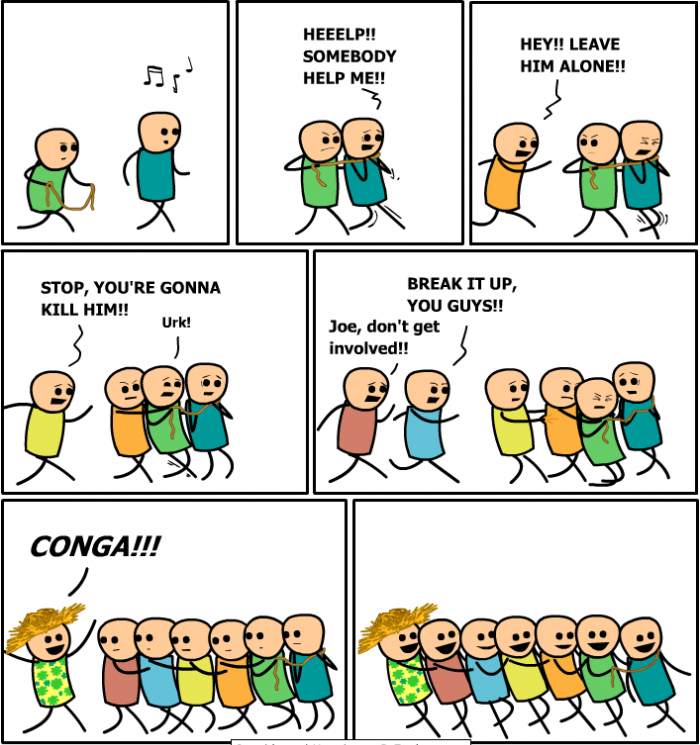
How the Conga Line was born
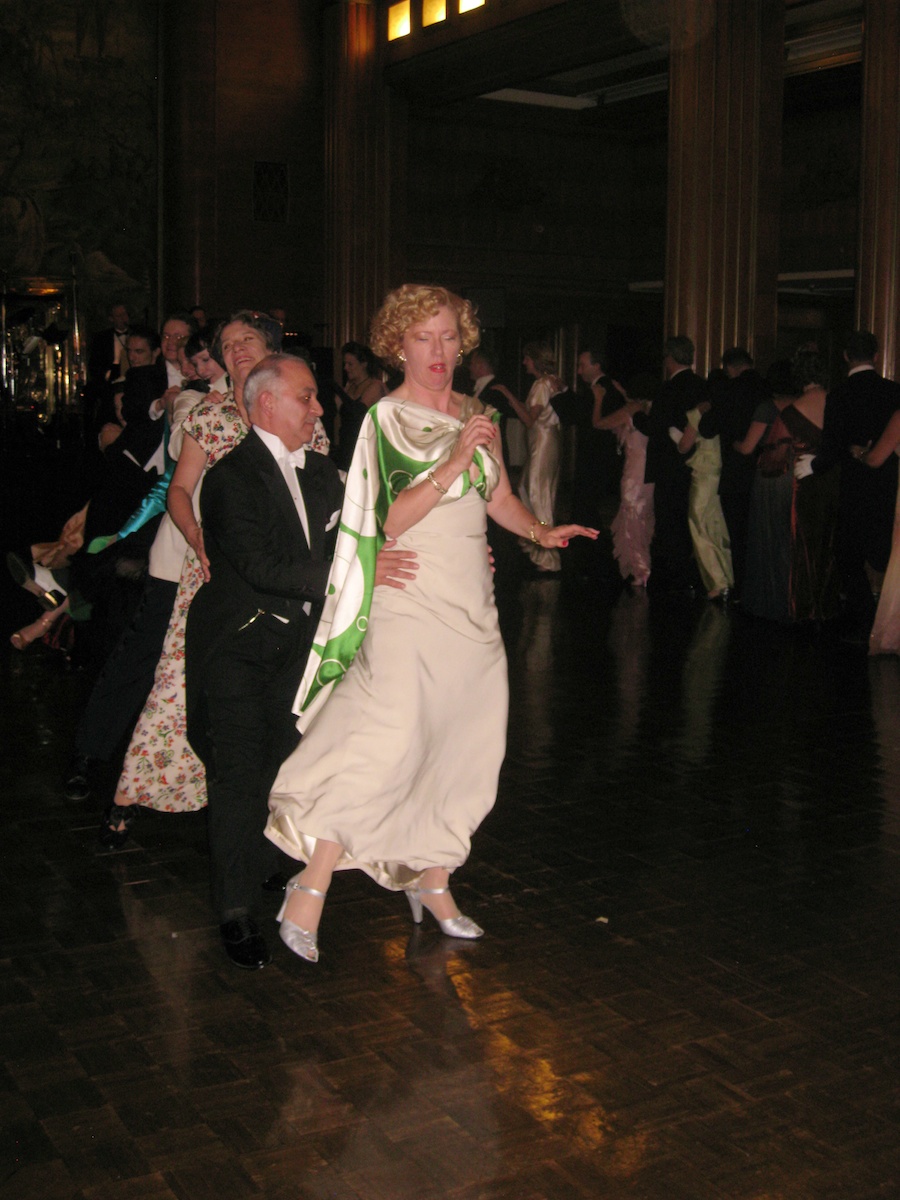
Beep beep

The line winds around the dance floor
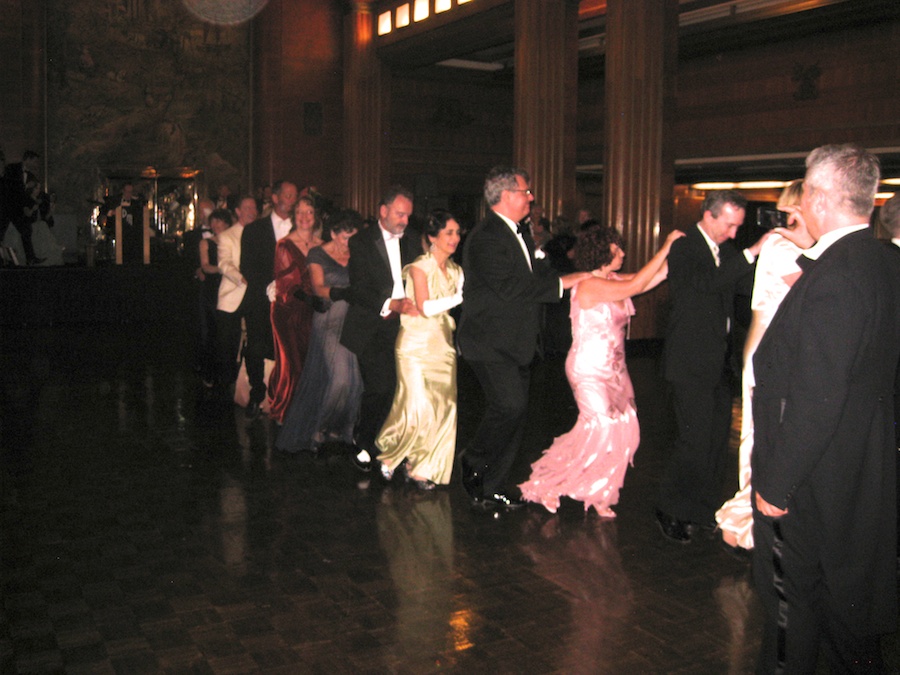
Fun for all.... Who needs to be a dancer?
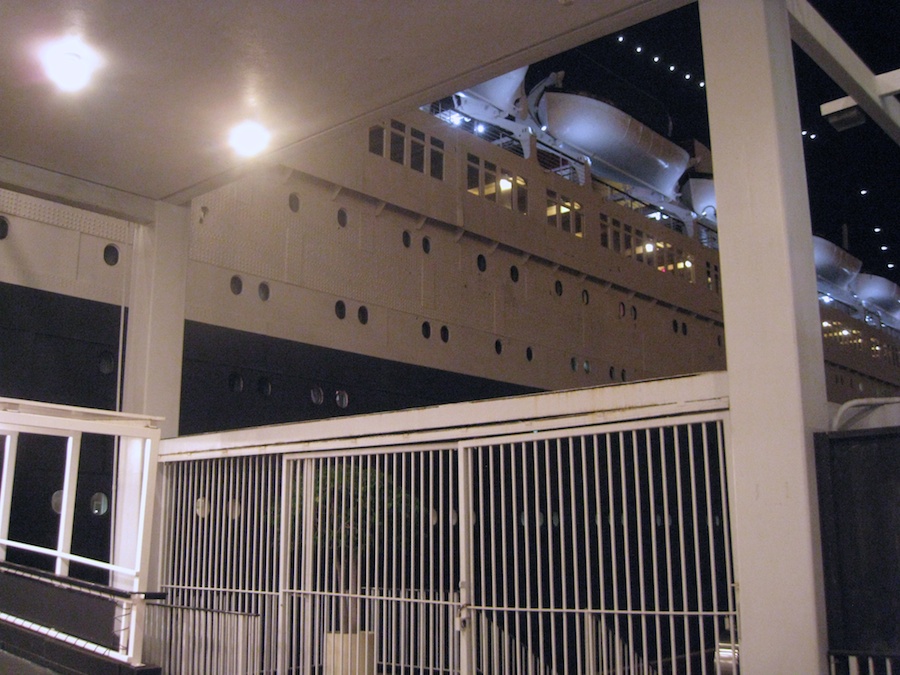
Time to head for home
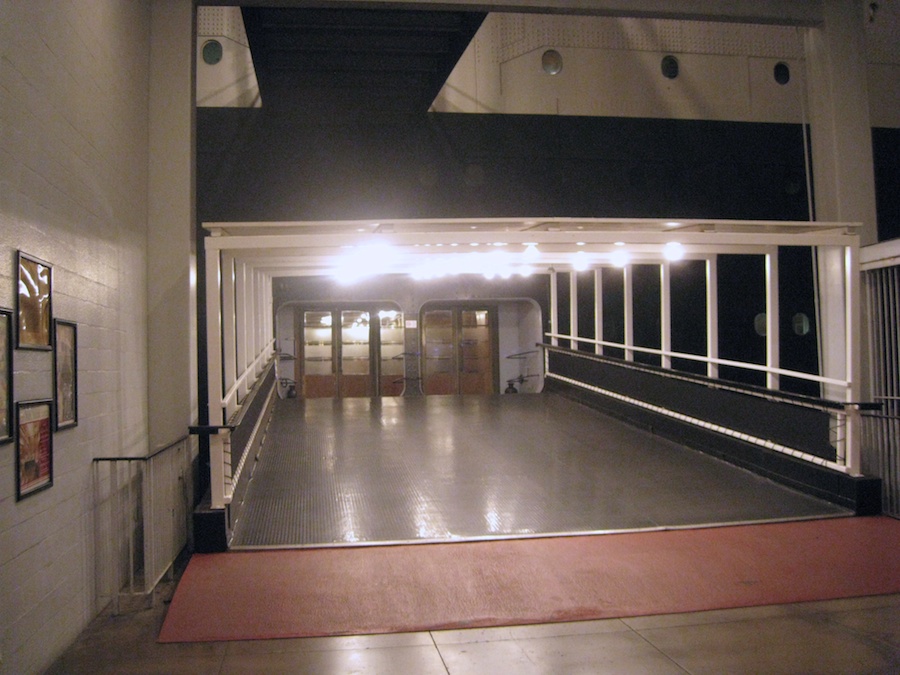
See you tomorrow at the Tea Dance
The Sunday Afternoon Tea Dance
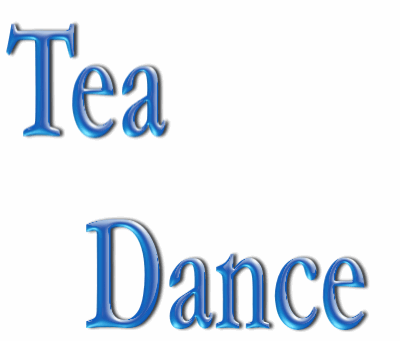
Did You Know? -
![]() - A tea dance, or thé dansant (French: literally dancing tea) is a summer or autumn afternoon or early-evening dance from four to seven, sometimes preceded in the English countryside by a garden party.
- A tea dance, or thé dansant (French: literally dancing tea) is a summer or autumn afternoon or early-evening dance from four to seven, sometimes preceded in the English countryside by a garden party.
The function evolved from the concept of the afternoon tea, and J. Pettigrew traces its origin to the French colonization of Morocco
Books on Victorian Era etiquette such as Party-giving on Every Scale, (London, n.d. [1880]) included detailed instructions for hosting such gatherings. By 1880 it was noted "Afternoon dances are seldom given in London, but are a popular form of entertainment in the suburbs, in garrison-towns, watering-places, etc."
Tea dances were given by Royal Navy officers aboard ships at various naval stations, the expenses shared by the captain and officers, as they were shared by colonels and officers at barrack dances in mess rooms ashore.
The usual refreshments in 1880 were tea and coffee, ices, champagne-cup and claret-cup, fruit, sandwiches, cake and biscuits.
Even after the introduction of the phonograph the expected feature was a live orchestra – often referred to as a palm court orchestra – or a small band playing light classical music. The types of dances performed during tea dances included Waltzes, Tangos and, by the late 1920s, The Charleston.

Ian was on top of his game this afternoon.... Great music and grerat dancing
Did You Know? -
![]() Ian Whitcomb has been entertaining the world for over 30 years. Hitting the American Top Ten charts in 1965 with his novelty record, "You Turn Me On" (an orgasmic panting song), he soon abandoned life as a British Invader (born in Surrey, England, in 1941) to devote himself to resurrecting the roots of pop music, especially Ragtime and the simple, heartfelt songs of turn-of-the-century Tin Pan Alley.
Ian Whitcomb has been entertaining the world for over 30 years. Hitting the American Top Ten charts in 1965 with his novelty record, "You Turn Me On" (an orgasmic panting song), he soon abandoned life as a British Invader (born in Surrey, England, in 1941) to devote himself to resurrecting the roots of pop music, especially Ragtime and the simple, heartfelt songs of turn-of-the-century Tin Pan Alley.
The result has been a steady flow of records, books, documentaries, radio shows, and concerts dedicated to this neglected music. He has performed everywhere, from the Hollywood Bowl and the Montreux Jazz Festival to shopping malls and private homes. Not only has he preserved such gems as "I Go So Far With Sophie On Sophie's Sofa" and "The War In Snider's Grocery Store", but he has also added to the library of sturdy songs with his own contributions such as "Wurzel Fudge--The Village Idiot" and even serious ballads. He has been allowed to perform on such TV shows as Johnny Carson's "Tonight Show"; he represented Ireland at the European Variety TV show contest (Ian is a graduate of Trinity College, Dublin, and The Father of Irish Rock); he was the original host of the longest running rock TV program in Britain, "The Old Grey Whistle Test".
As an author, he is best known for his classic book on the history of pop music from rag to rock, entitled "After The Ball", still in print after a quarter of a century. He has published ten other books, including a biography of Irving Berlin, a memoir of his life in Los Angleles, and a novel set in Southern California.
He lives near Pasadena, California, with his singing wife, Regina, and his mongrel dog, Inspector. Fittingly, this animal was inherited from the late Rudy Vallee, the world's first star crooner--for Ian Whitcomb is the last in the line of such gentle, friendly song delineators. He doesn't only sing comedy songs, you see, he can jerk tears with such numbers as "Who Wants A Bad Little Boy?".
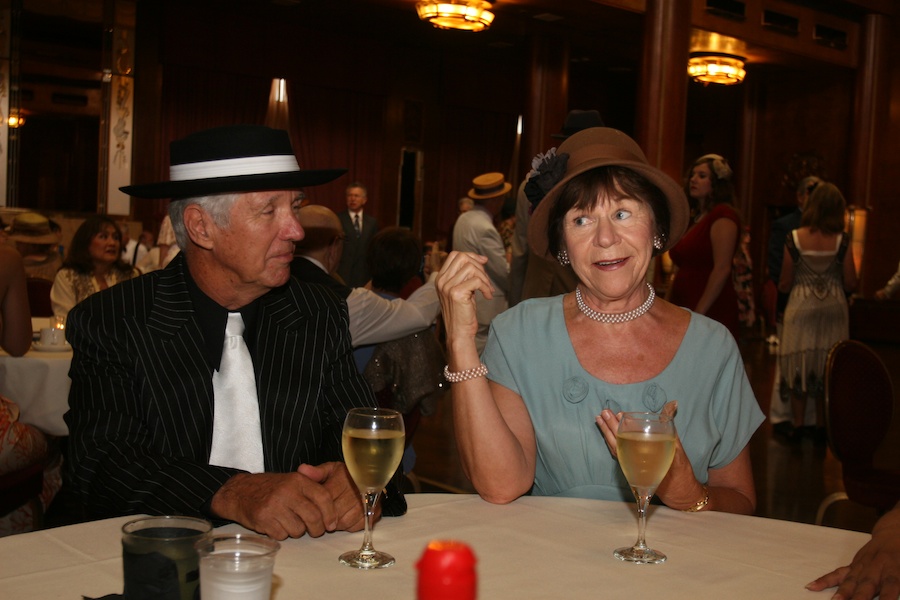
Ah guys.... That is NOT tea!
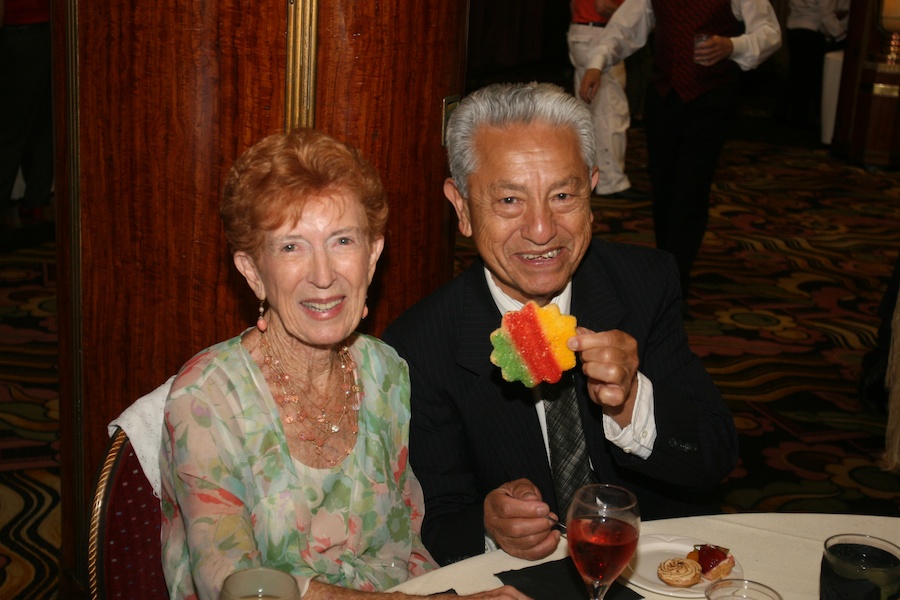
"Cookie little girl??"
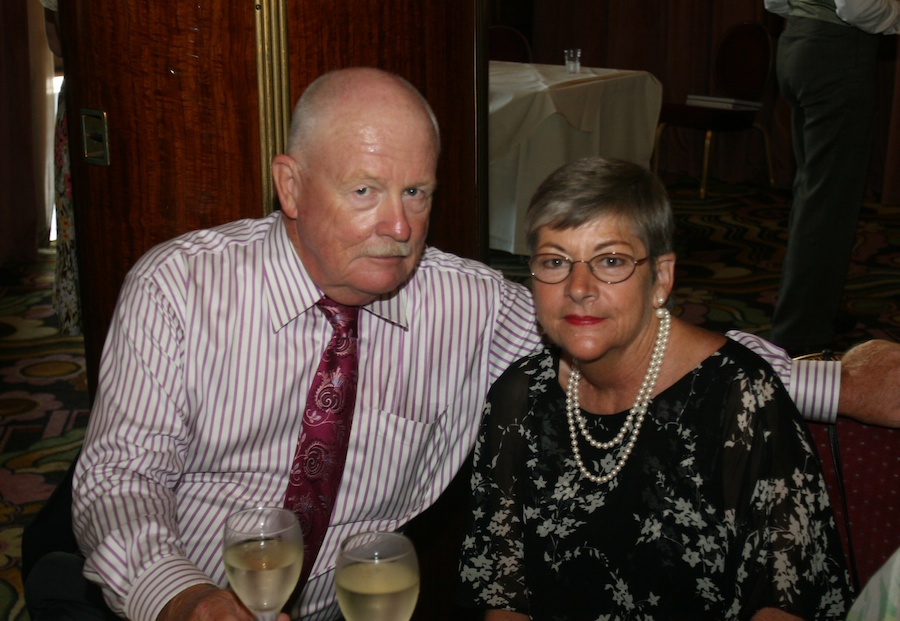
Tea for two... and two for tea
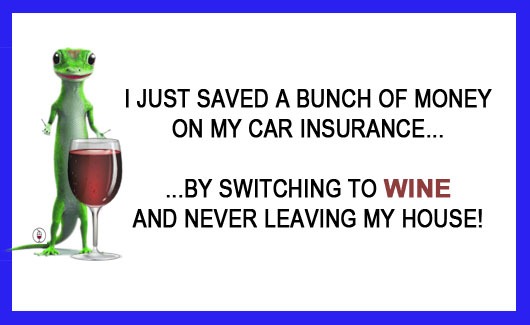

Paul tries to smile...
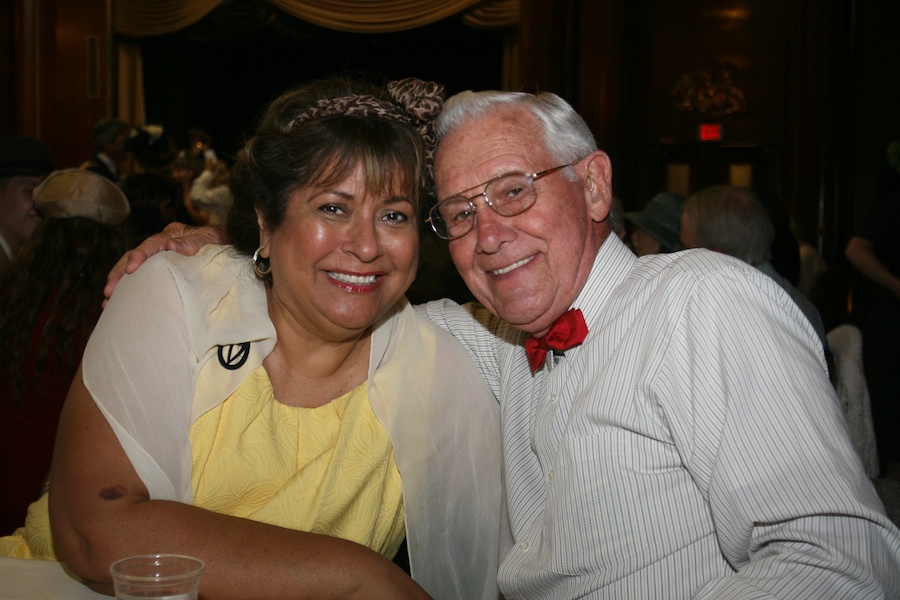
Vicky and Del join the fun!

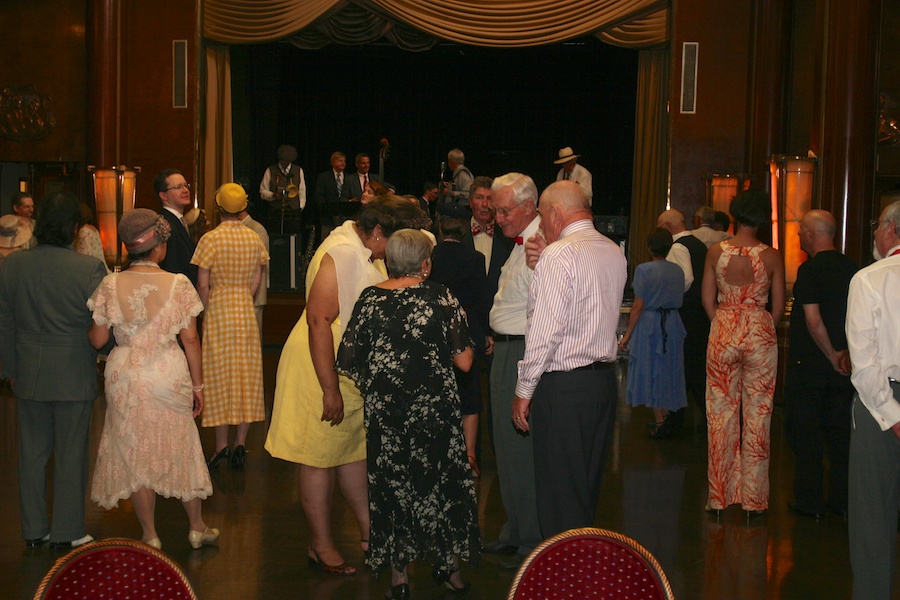
Heading for the floor.... Let the music begin
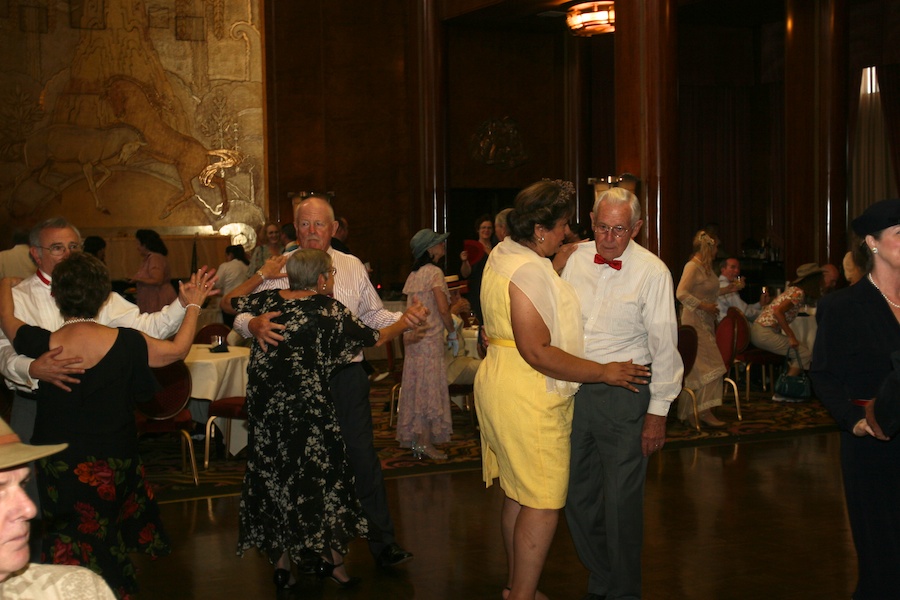
Around and around we go...

Counter clockwise we go....
![]()
![]()
![]()
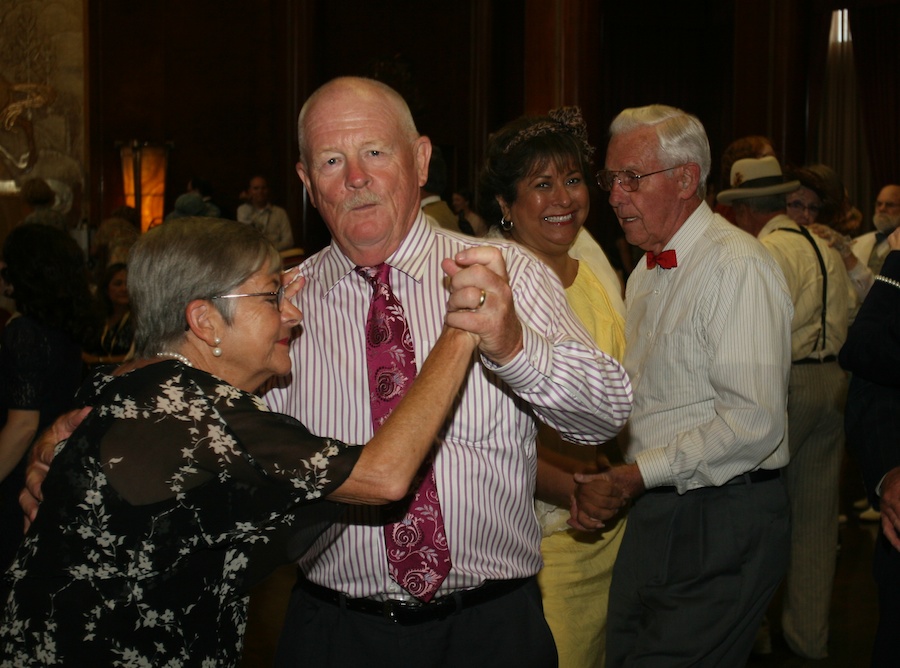
...and a 1 and 2 and 3
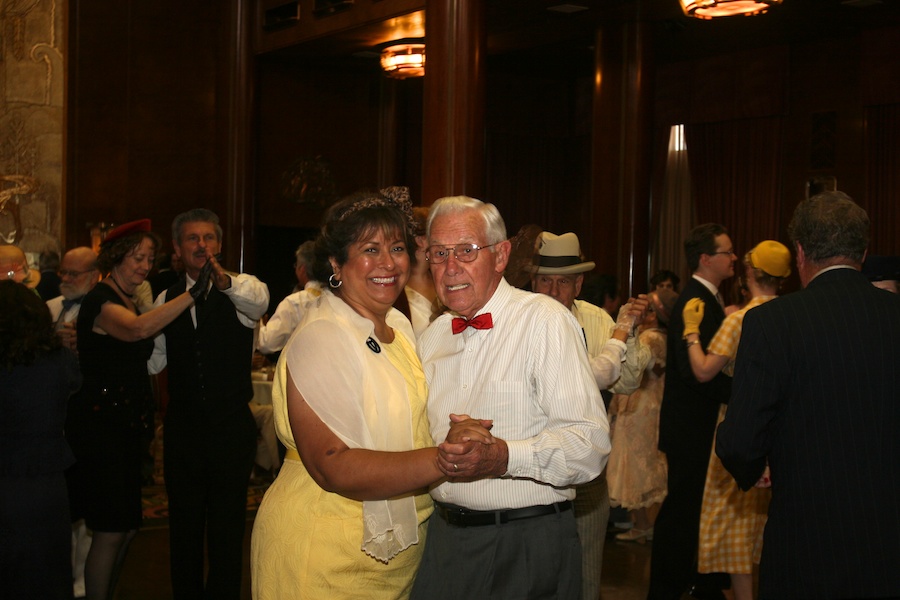
The music was super
Music Of The 1920's.... Almost 100 Years Ago
1. Swanee - Al Jolson
2. West End Blues - Louis Armstrong
3. Rhapsody In Blue - Paul Whiteman featuring George Gershwin
4. Ain't Misbehavin' - Fats Waller / Louis Armstrong
5. T For Texas (Blue Yodel #1) - Jimmie Rodgers
6. In The Jailhouse Now - Jimmie Rodgers
7. The Prisoner's Song - Vernon Dalhart
8. The St. Louis Blues - Bessie Smith / Marion Harris
9. Ol' Man River - Paul Robeson / Al Jolson
10. Makin' Whoopee - Eddie Cantor/ Paul Whiteman (Bing Crosby)
11. Crazy Blues - Mamie Smith
12. My Blue Heaven - Gene Austin / Paul Whiteman
13. Sonny Boy - Al Jolson
14. Dardanella - Ben Selvin
15. It Had To Be You - Isham Jones / Marion Harris
16. Pine Top's Boogie Woogie - Pine Top Smith
17. Whispering - Paul Whiteman
18. My Mammy - Al Jolson / Paul Whiteman
19. Down Hearted Blues - Bessie Smith
20. Charleston - Arthur Gibbs /Paul Whiteman
21. Black And Tan Fantasy - Duke Ellington
22. See See Rider Blues - Ma Rainey
23. Statesboro Blues - Blind Willie McTell
24. Matchbox Blues - Blind Lemon Jefferson
25. Bye Bye, Blackbird - Gene Austin / Nick Lucas
26. King Porter Stomp - Fletcher Henderson / Jelly Roll Morton
27. California, Here I Come! - Al Jolson
28. In A Mist - Bix Beiderbecke
29. Waiting For A Train - Jimmie Rodgers
30. Louise - Maurice Chevalier
31. Star Dust - Hoagy Carmichael
32. Yes! We Have No Bananas - Billy Jones / Ben Selvin
33. Yes Sir That's My Baby - Gene Austin / Blossom Seeley / Ben Bernie
34. Toot Toot Tootsie (Goo'Bye) - Al Jolson
35. Sweet Georgia Brown - Ben Bernie / Isham Jones / Ethel Waters
"Sweet Georgia Brown" is a jazz standard and pop tune written in 1925 by Ben Bernie and Maceo Pinkard (music) and Kenneth Casey (lyrics). The tune was first recorded on March 19, 1925 by bandleader Ben Bernie, resulting in a five-week No. 1 for Ben Bernie and his Hotel Roosevelt Orchestra.[1] As Bernie's then nationally famous orchestra did much to popularize the number, Pinkard cut Bernie in for a share of the tune's royalties by giving him a co-writer credit to the song.
36. Baby Face - Jan Garber / Ben Selvin / "Whispering" Jack Smith
37. Dinah - Ethel Waters / Cliff Edwards/ Revelers
38. My Man - Fanny Brice
39. When My Baby Smiles At Me - Ted Lewis
40. Some Of These Days (1927 Version) - Sophie Tucker
41. Am I Blue - Ethel Waters / Libby Holman / Annette Hanshaw
42. April Showers - Al Jolson / Paul Whiteman
43. I've Found A New Baby - Ted Lewis / Ethel Waters
44. Heebie Jeebies - Louis Armstrong
45. I Ain't Got Nobody - Marion Harris / Sophie Tucker / Bessie Smith
46. Valencia - Paul Whiteman / Ben Selvin
47. Corrine Corrina - Bo Carter
48. Wildwood Flower - Carter Family
49. Singin' The Blues - Frankie Trumbauer
50. Nobody Knows You When You're Down And out - Bessie Smith
51. Pony Blues - Charley Patton
52. Always - Vincent Lopez / George Olsen / Henry Burr / Nick Lucas
53. I'll See You In My Dreams - Isham Jones / Marion Harris
54. Singin' In The Rain - Cliff Edwards / Earl Burtnett
55. Tip Toe Through The Tulips - Nick Lucas
56. I'm Looking Over A Four Leaf Clover - Nick Lucas / Ben Bernie
57. Let's Do It (Let's Fall In Love) - Dorsey Brothers Orchestra (Bing Crosby)
58. I Wanna Be Loved By You - Helen Kane
59. Bill - Helen Morgan
60. East St. Louis Toodle-oo - Duke Ellington
61. T'Ain't Nobody's Biz-ness If I Do - Bessie Smith
62. Walk Right In - Cannon's Jug Stompers
63. Ida, Sweet As Apple Cider - Red Nichols
64. It Ain't Gonna Rain No Mo' - Wendell Hall
65. Side By Side - Paul Whiteman / Nick Lucas
66. Somebody Stole My Gal - Ted Weems
67. Three O'Clock In The Morning - Paul Whiteman / Frank Crumit
68. Carolina In The Morning - Van & Schenck / Marion Harris
69. Blue Skies - Ben Selvin / George Olsen / Vincent Lopez
70. If You Knew Susie - Eddie Cantor / Cliff Edwards
71. Little Pal - Al Jolson
72. The Birth Of The Blues - Paul Whiteman / Harry Richman
73. Aggravatin' Papa - Marion Harris / Bessie Smith / Sophie Tucker
74. Empty Bed Blues - Bessie Smith
75. Love Me Or Leave Me - Ruth Etting
76. Lovesick Blues - Emmett Miller & His Georgia Crackers
77. Someone To Watch Over Me - Gertrude Lawrence / George Olsen
Someone to Watch Over Me" is a song composed by George Gershwin with lyrics by Ira Gershwin from the musical Oh, Kay! (1926), where it was introduced by Gertrude Lawrence. Gershwin originally approached the song as an uptempo jazz tune, but his brother Ira suggested that it might work much better as a ballad, and George ultimately agreed. It has been performed by numerous artists since its debut and is a jazz standard as well as a key work in the Great American Songbook.
78. Muskrat Ramble - Louis Armstrong
79. Ain't We Got Fun - Van & Schenck
80. Me And My Shadow - "Whispering" Jack Smith / Nat Shilkret
81. Swingin' Down The Lane - Isham Jones / Ben Bernie
82. When The Red, Red Robin Comes Bob-Bob-Bobbin' Along - Al Jolson
83. Charmaine - Guy Lombardo
84. Fare You Well, Old Joe Clark - Fiddlin' John Carson
85. Turkey In The Straw - Gid Tanner & His Skillet Lickers
86. Who's Sorry Now - Isham Jones / Marion Harris
87. The Sidewalks Of New York - Nat Shilkret
88. Sleep - Fred Waring's Pennsylvanians
89. Honey - Rudy Vallee
90. Margie - Eddie Cantor / Ted Lewis
91. Parade Of The Wooden Soldiers - Paul Whiteman / Vincent Lopez
92. Sleepy Time Gal - Ben Bernie / Gene Austin / Nick Lucas
93. All Alone - Al Jolson / John McCormack / Paul Whiteman
94. Five Foot Two, Eyes Of Blue - Gene Austin
95. Among My Souvenirs - Paul Whiteman / Ben Selvin
96. The Brakeman's Blues - Jimmie Rodgers
97. Shake That Thing - Ethel Waters / Papa Charlie Jackson
98. James Alley Blues - Rabbit Brown
99. Way Down Yonder In New Orleans - Peerless Quartet / Blossom Seeley
100. Big Butter And Egg Man - Louis Armstrong (May Alix)
Did You Know? -
![]() -
By the mid-1920s, jazz was being played in dance halls and roadhouses and speakeasies all over the country. Early jazz influences found their first mainstream expression in the music used by marching bands and dance bands of the day, which was the main form of popular concert music in the early twentieth century.
-
By the mid-1920s, jazz was being played in dance halls and roadhouses and speakeasies all over the country. Early jazz influences found their first mainstream expression in the music used by marching bands and dance bands of the day, which was the main form of popular concert music in the early twentieth century.
Meanwhile, radio and phonograph records — Americans bought more than 100 million of them in 1927 — were bringing jazz to locations so remote that no band could reach them. And the music itself was beginning to change — an exuberant, collective music was coming to place more and more emphasis on the innovations of supremely gifted individuals. Improvising soloists, struggling to find their own voices and to tell their own stories, were about to take center stage.
In its early years jazz was considered the devils music by diverse segments of the American public. Vigorous public debate raged between supporters and detracters. A typical exchange took place between music critic Ernest Newman who debunked Jazz in a 1927 magazine article, with a reply soon forthcoming from jazz-king Paul Whiteman who argued that jazz was a genuine musical force - and we know who history shows was correct in his views.
Public dance halls, clubs, and tea rooms opened in the cities. Strangely named black dances inspired by African style dance moves, like the shimmy, turkey trot, buzzard lope, chicken scratch, monkey glide, and the bunny hug were eventually adopted by the general public. The cake walk, developed by slaves as a send-up of their masters' formal dress balls, became the rage. White audiences saw these dances first in vaudeville shows, then performed by exhibition dancers in the clubs.
The popular dance music of the time was not jazz, but there were early forms taking shape in the evolving blues-ragtime experimental area that would soon turn into jazz. Popular Tin Pan Alley composers like Irving Berlin incorporated ragtime influence into their compositions, though they rarely used the specific musical devices that were second nature to jazz players—the rhythms, the blue notes. Few things did more to popularize the idea of hot music than Berlin's hit song of 1911,"Alexander's Ragtime Band," which became a craze as far from home as Vienna. Although the song wasn't written in rag time, the lyrics describe a jazz band, right up to jazzing up popular songs, as in the line, "If you want to hear the Swanee River played in ragtime...."

Hey there....

What, no snake... watger faucet, hand????
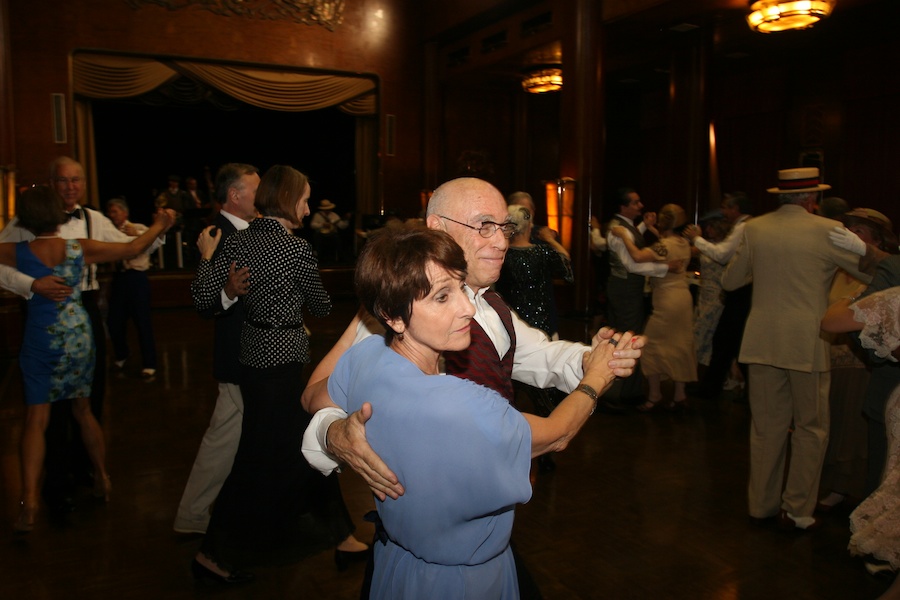
Paul's Tango teacher

The dip was executed right in front of everyone
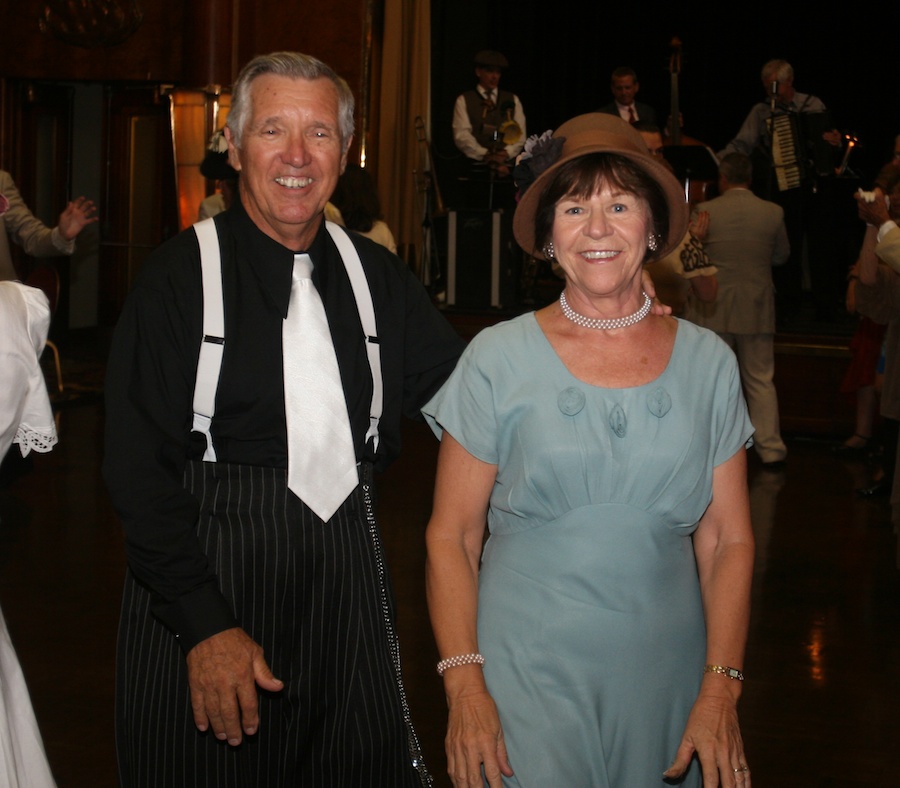
Ta Da.... We are returning after a smashing success


The real Ta Dah...

We are also looking pretty good...
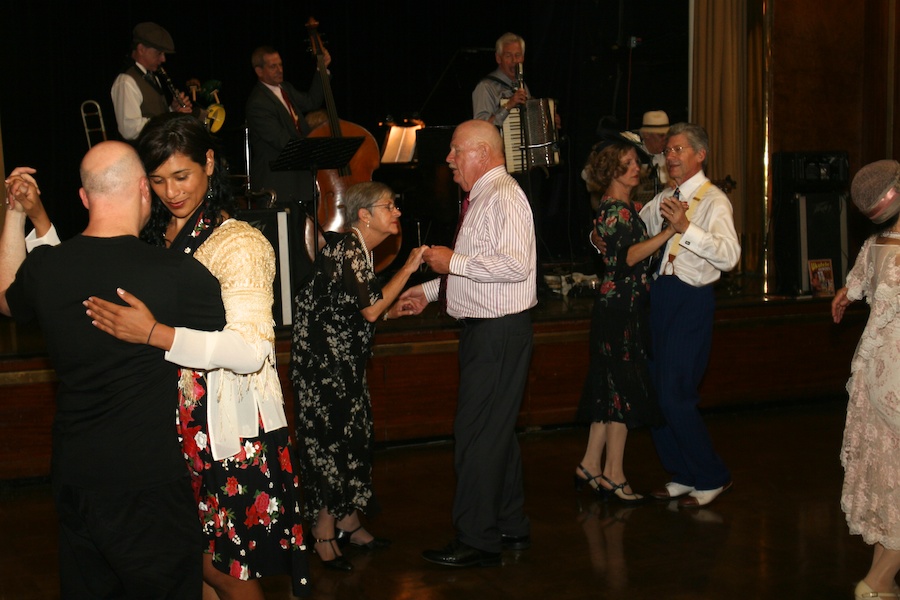
Shiny cheeks mean energy being expended... We are really moving pretty fast

We are on the third lap now...
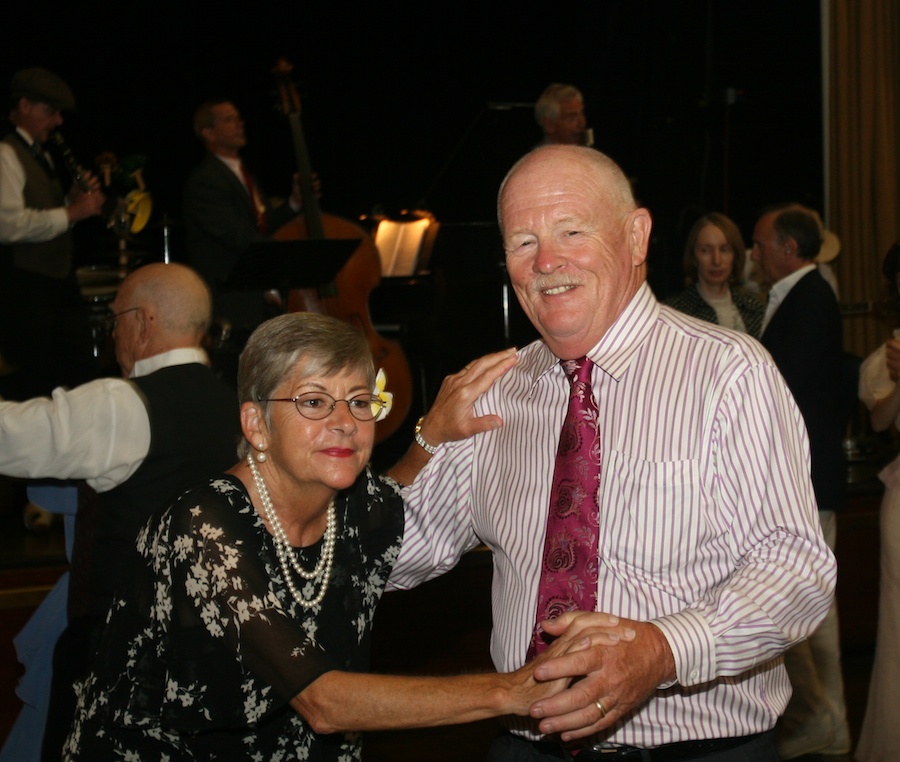
Dance time

We are on our fourth lap
Did You Know? -
![]() From the late teens through the 1940s, the foxtrot was certainly the most popular fast dance and the vast majority of records issued during these years were foxtrots. The waltz and tango, while popular, never overtook the foxtrot. Even the popularity of the lindy hop in the 1940s did not affect the foxtrot's popularity, since it could be danced to the same records used to accompany the lindy hop.
From the late teens through the 1940s, the foxtrot was certainly the most popular fast dance and the vast majority of records issued during these years were foxtrots. The waltz and tango, while popular, never overtook the foxtrot. Even the popularity of the lindy hop in the 1940s did not affect the foxtrot's popularity, since it could be danced to the same records used to accompany the lindy hop.
When rock and roll first emerged in the early 1950s, record companies were uncertain as to what style of dance would be most applicable to the music. Notably, Decca Records initially labeled its rock and roll releases as "foxtrots", most notably "Rock Around the Clock" by Bill Haley and His Comets. Since that recording, by some estimates, went on to sell more than 25 million copies, "Rock Around the Clock" could be considered the biggest-selling "foxtrot" of all time.

Here comes Nancy and Vince
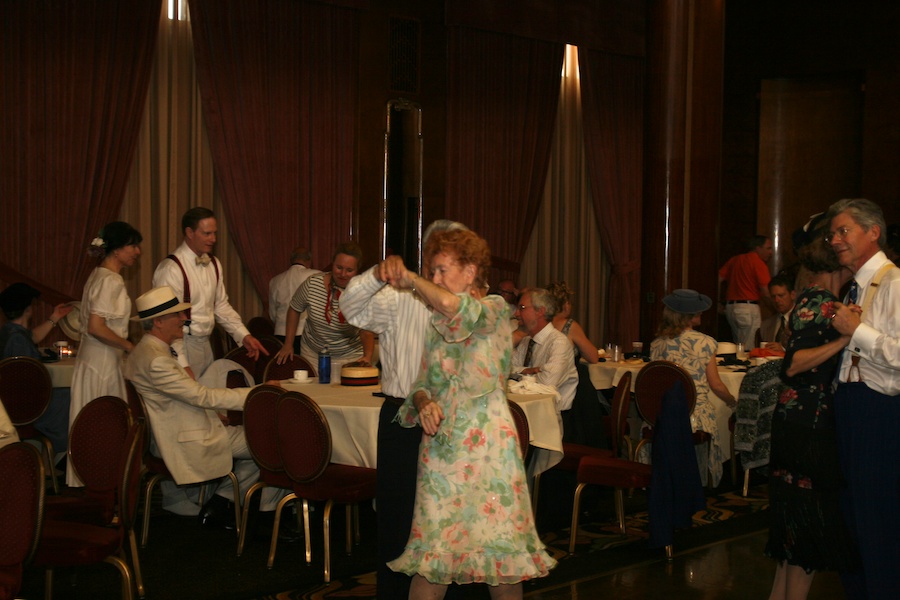
Twirl, whirl around the floor
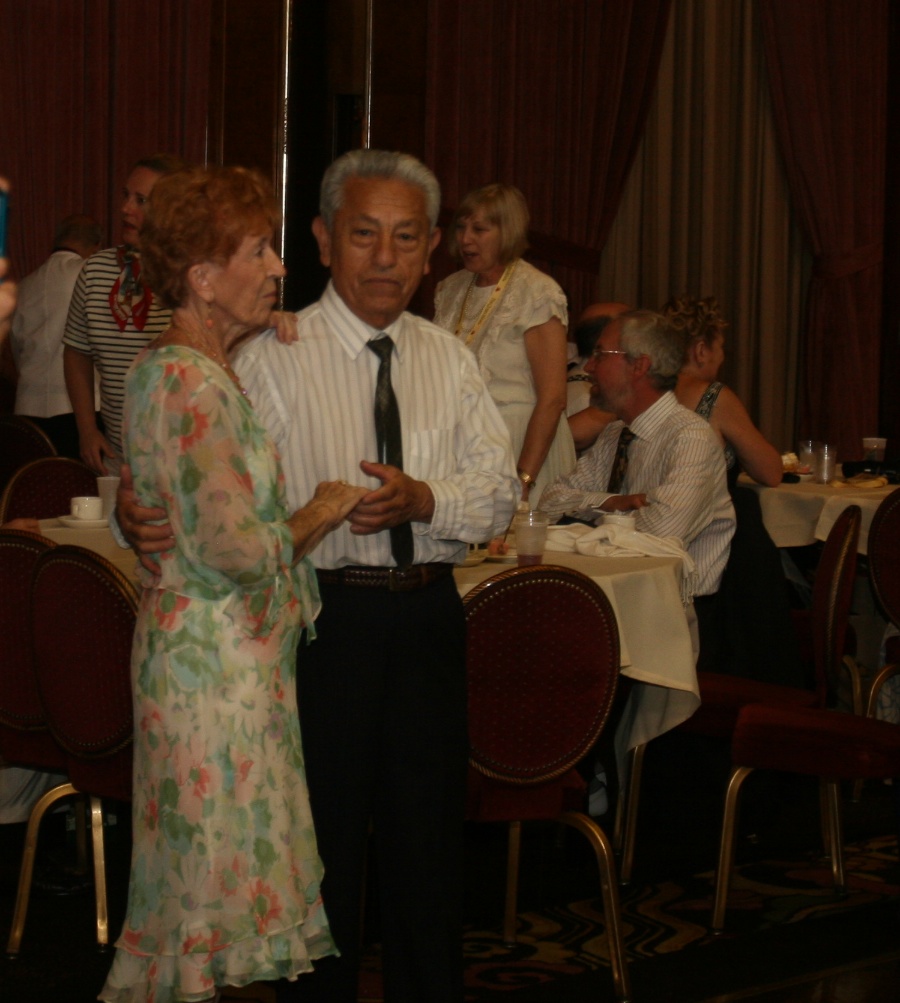
What was the name of that tune??

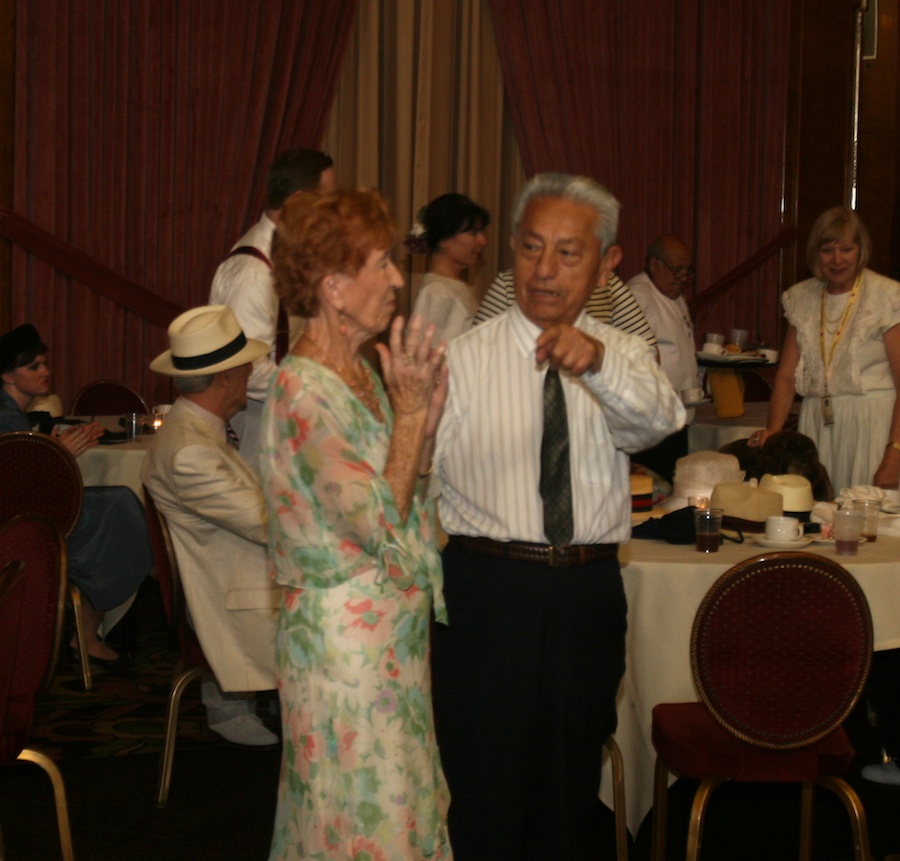
"Hey Nancy... The camera guy is back again!"

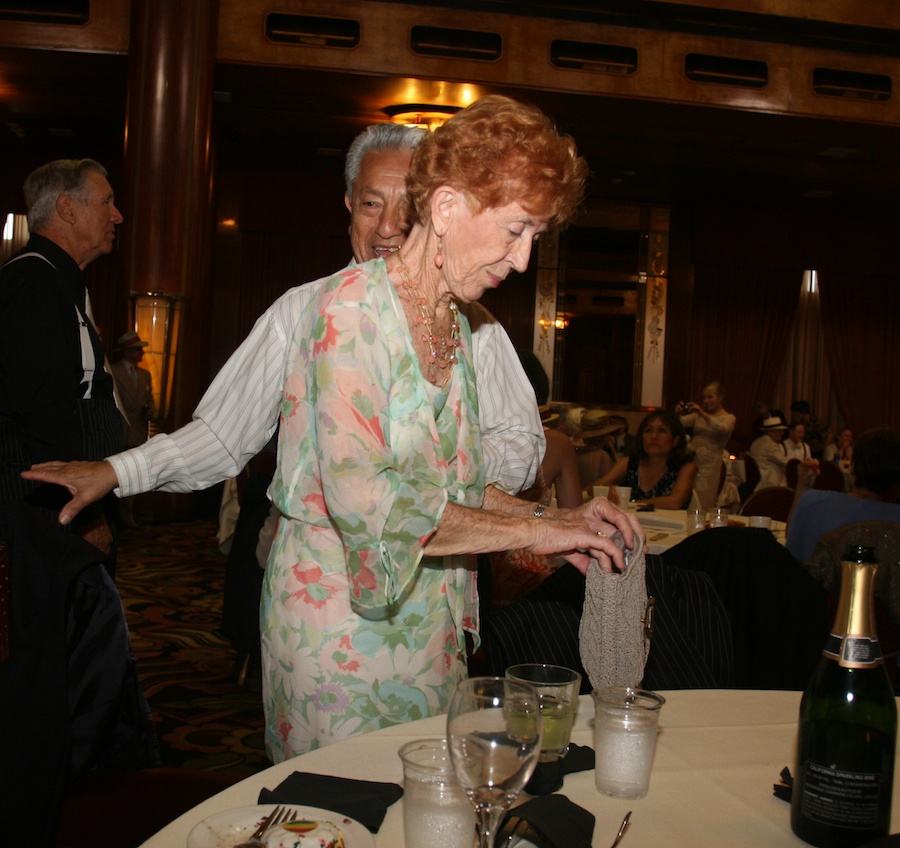
Time to sit....
A Hat Wearing Lesson Is Underway At The Table

Vicky found Ed's hat
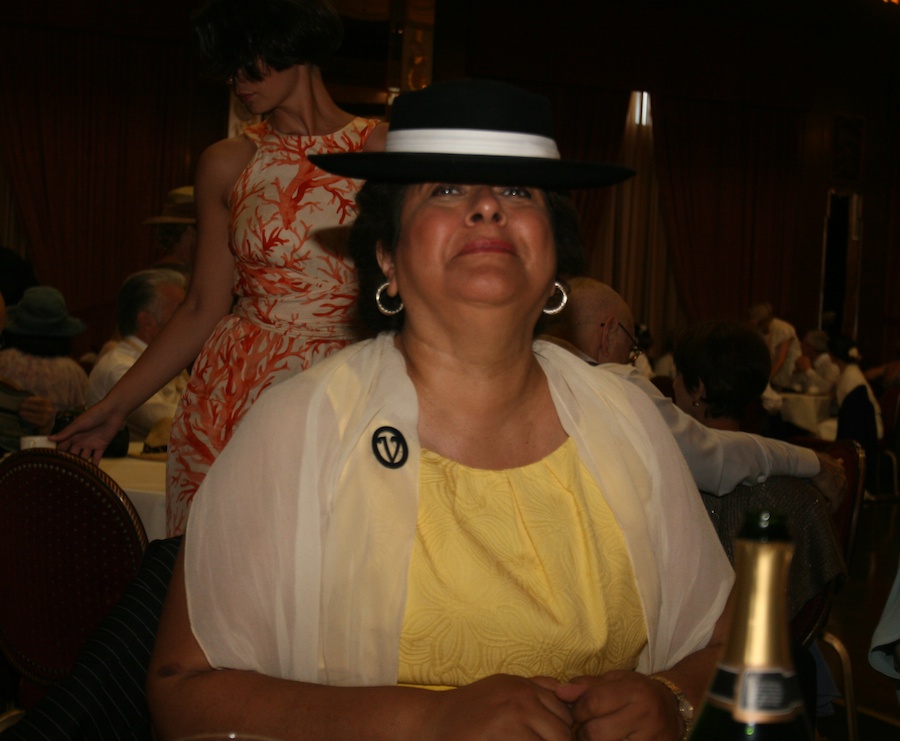
Don't ask... Don't tell
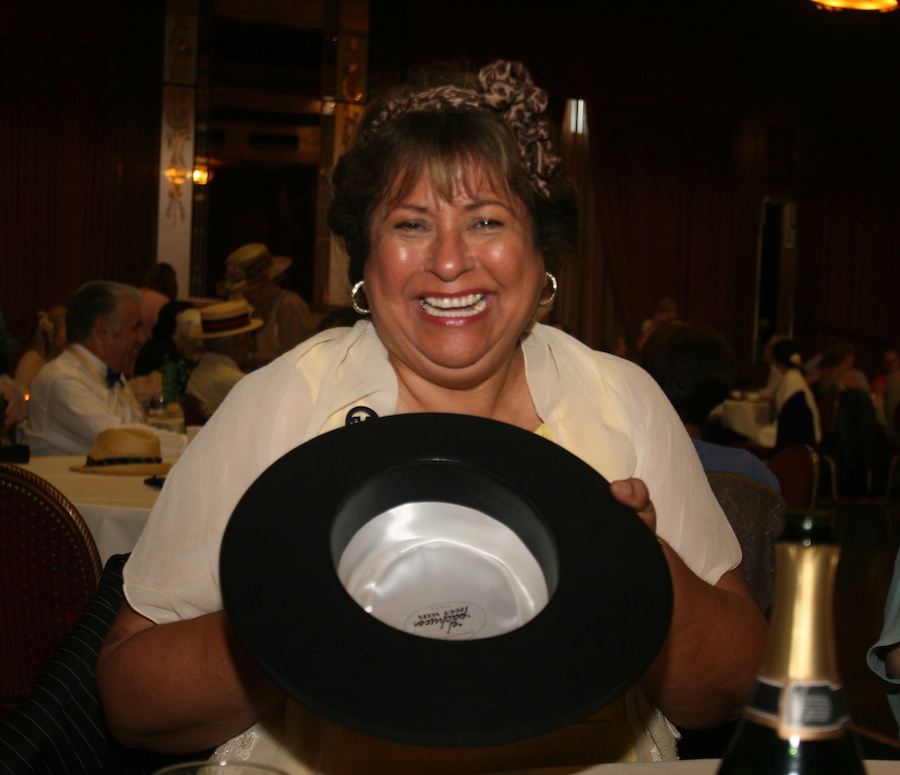
Ams for the poor??
Did You Know? -
![]() - Alms or almsgiving is a religious rite which, in general, involves giving materially to another as an act of religious virtue. It exists in a number of religions and regions. The word, in the modern English language, comes from the Old English ælmesse, ælmes, from Late Latin eleemosyna, from Greek ἐλεημοσύνη eleēmosynē "pity, alms", from ἐλεήμων eleēmōn "merciful", from ἔλεος eleos "pity".
- Alms or almsgiving is a religious rite which, in general, involves giving materially to another as an act of religious virtue. It exists in a number of religions and regions. The word, in the modern English language, comes from the Old English ælmesse, ælmes, from Late Latin eleemosyna, from Greek ἐλεημοσύνη eleēmosynē "pity, alms", from ἐλεήμων eleēmōn "merciful", from ἔλεος eleos "pity".
